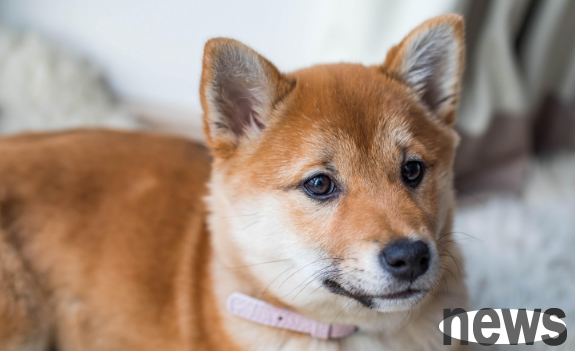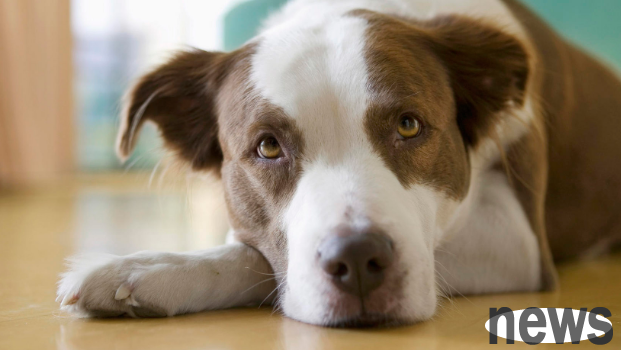Treatment methods and precautions for dog bronchitis
The main cause of bronchitis is the repeated infection of viruses and bacteria, which forms chronic nonspecific inflammation of the bronchial. When the temperature drops, small respiratory vasospasm and ischemia, and the defense function decreases, it is conducive to the disease; chronic stimulation such as smoke and dust, polluting the atmosphere can also occur. If a dog suffers from bronchitis, as long as you pay attention to daily care and use the medication correctly, the cure rate can generally reach more than 95%, because bronchitis is not difficult to treat!

Dog bronchitis is more likely to be confused with canine colds, total bronchitis, canine distemper, and canine lobular pneumonia. Therefore, before treating dog bronchitis, you should first be diagnosed, and then prescribe the right medicine to treat it. So how should the treatment of bronchopneumonia in dogs?
The difference between dog kennel cough and bronchitis
The treatment principles are to strengthen care, improve nutrition, antibacterial and anti-inflammatory, anti-cough and expectorant, stop exudate and promote exudate absorption, and symptomatic treatment. First, antibacterial and anti-inflammatory. Subcutaneous injection: ① 0.9% normal saline + levofloxacin injection 7mL; ② Pulmonary double anti-anti-ribavirin 25mg; ③ Dexamethasone sodium phosphate 1mg, 1 time/d, for 3 days. The second is to stop oozing. Intravenous injection: 20mL of 10% glucose + 2mL of 10% calcium glucose, 1 time/d, and 3 days of continuous use. The third is to relieve cough and eliminate phlegm. Oral: 1mL of compound licorice mixture, 3 times/d. Fourth, treat the symptoms. To reduce fever, intramuscular injection of 0.5mL of nimesulil or 5mg of oral nimesulil, and the body temperature should not be higher than 39.5℃. Fifth, strengthen nursing. Reduce exercise for sick dogs, feed dog food, eat less and eat more, supplement strong multi-dimensional nutrition cream, immune polysaccharide cream, etc. to improve the body's immunity and promote recovery.
The treatment of dog bronchial pneumonia is not very difficult. It is mainly caused by stimulation of colds, physical and chemical factors, and inflammation of the bronchial or bronchioles and lung lobules caused by certain infectious diseases and parasites. However, in the treatment and care of dog bronchial pneumonia, there are still six precautions to pay attention to.

1. Early diagnosis is the key to the treatment of bronchopneumonia in dogs. If not diagnosed and treated in time, it may worsen the condition and cause death in severe cases. Controlling and eliminating inflammation is the fundamental measure for the treatment of lobular pneumonia and must be carried out throughout the entire treatment process. The choice of antibacterial drugs is the key to treating lung infections in dogs. Most cases cannot identify the pathogen, so when choosing antibiotics, both cocci and bacillus should be taken into account and comprehensively consider them to establish effective empirical therapies. If conditions permit, drug sensitivity tests can be performed and sensitive antibiotics can be used.
2. According to clinical observations, animals may often enter a state of shock in severe inflammation. A large number of treatment practices have proved that shock is the main cause of death in dog bronchitis cases. When dyspnea occurs or hypoxemia is suspected, oxygen should be inhaled as soon as possible (the oxygen concentration is 30%), such as continuous breathing and inciting both ribs, generally poor prognosis.
3. Symptom-based treatment. For high fever, you can choose Anthodine or Nimesulil; for severe chest pain, you can take codeine syrup orally; for cough, you can choose codeine or cough Biqing; for sputum, you can choose Runjin, Musudand, ammonium chloride mixture, acetylcysteine or chymotrypsin, etc.; for maintaining the balance of water and electrolytes, you can choose oral rehydration salt or infusion (control the infusion speed and total liquid); for atomization treatment (early use), the formula is antibiotics, chymotrypsin, glucocorticoids, etc., and add normal saline to 10-100mL; for sedation and relieving cough, you can choose licorice, cough syrup, etc.; for glucocorticoids as early as possible can prevent and treat cardiac and renal insufficiency and respiratory failure.
4. After the symptoms stabilize, the lung respiratory function will be weakened, and there is still a possibility of repeated attacks in the short term. Strong exercise is prohibited and keep warm.
5. The sick dog should be reviewed, and another chest fluoroscopy can be performed at a certain time to monitor the recovery of the lungs and determine whether complications may occur.
6. The kennels and the environment should be disinfected regularly. Disinfection is a key measure to cut off the spread of respiratory infectious diseases. It has the advantages of being simple and easy to operate, time-saving and labor-saving, and is as important as immunization.




